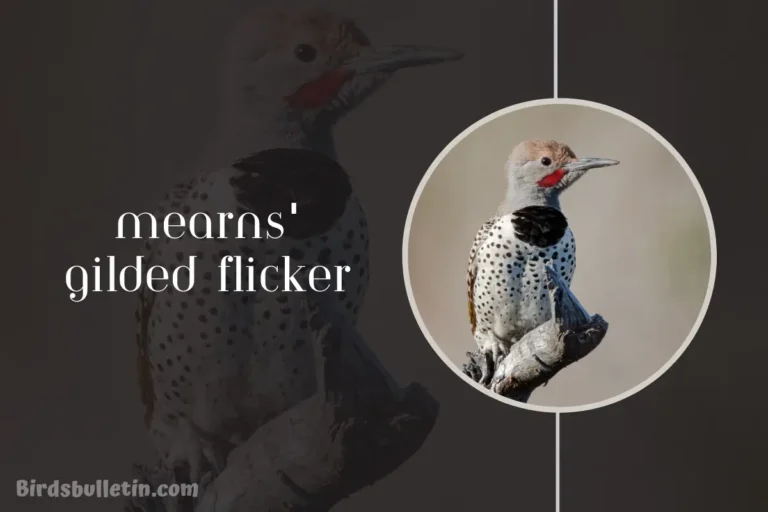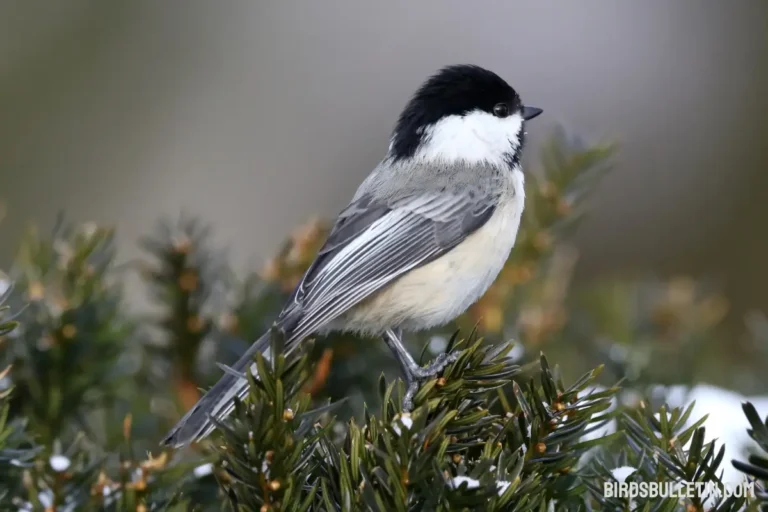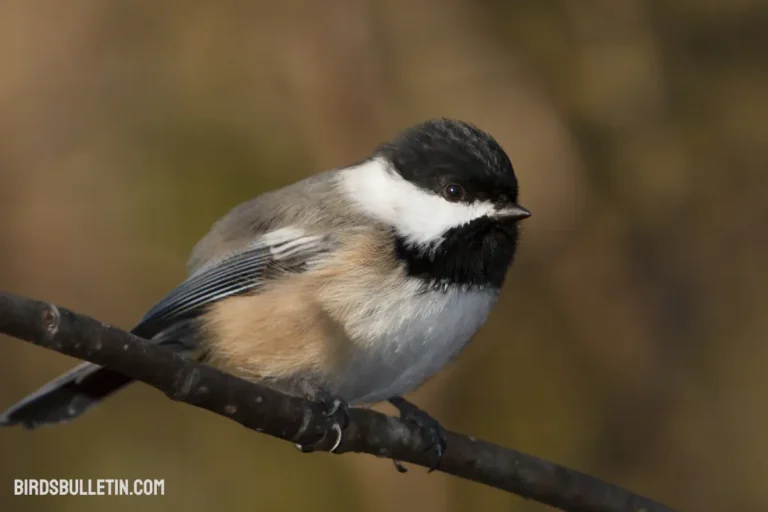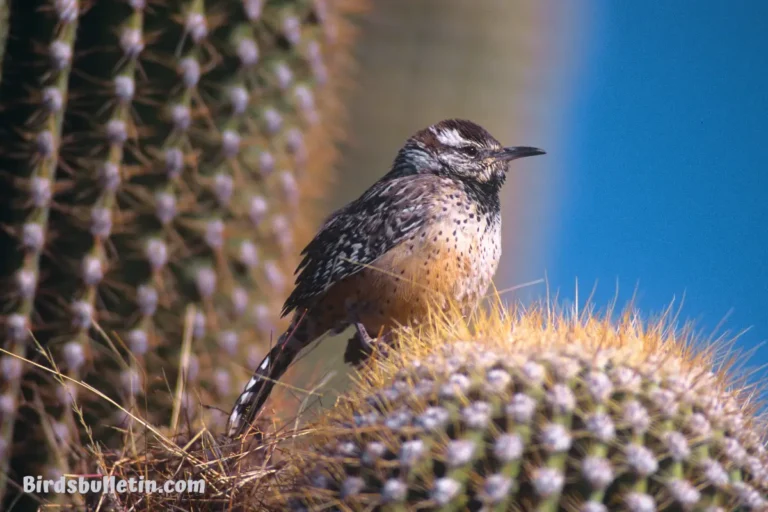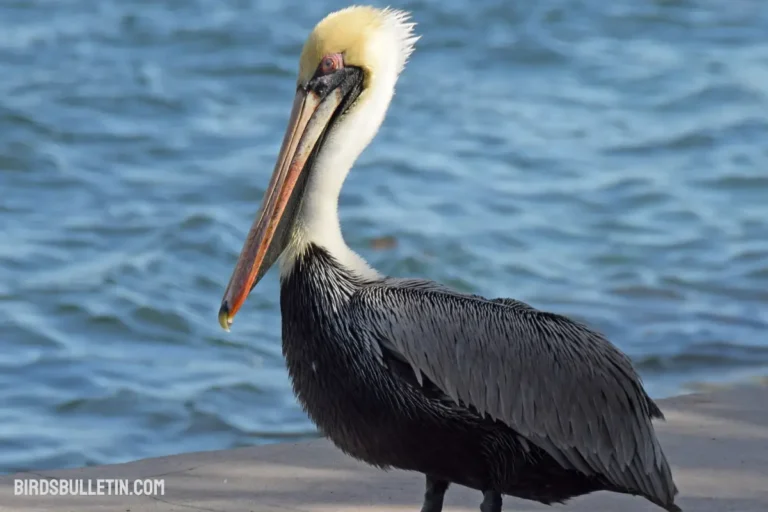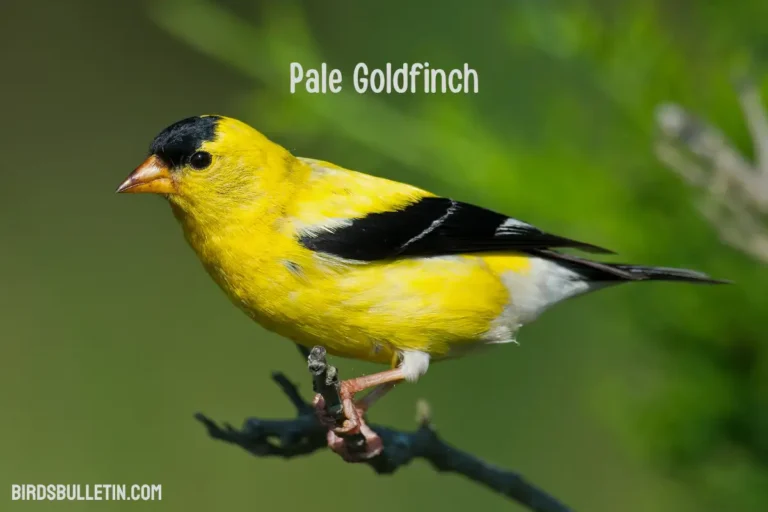Lagopus Lagopus Ungavus Overview
Lagopus lagopus ungavus, commonly known as the Ungava ptarmigan, is a bird species native to northeastern Canada. This bird is known for its unique adaptations to the harsh Arctic environment. In this comprehensive overview, we will explore various aspects of Lagopus lagopus ungavus.
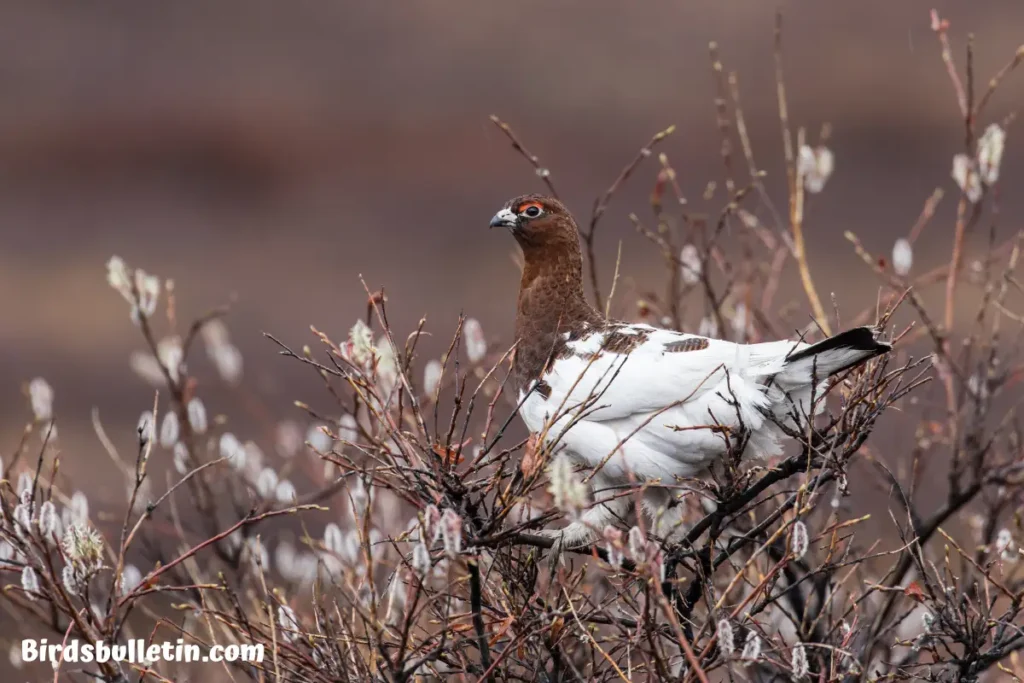
Looking for more overview about bird subspecies:
Scientific Classification
- Kingdom: Animalia
- Phylum: Chordata
- Class: Aves
- Order: Galliformes
- Family: Phasianidae
- Genus: Lagopus
- Species: Lagopus lagopus
- Subspecies: Lagopus lagopus ungavus (Riley, 1911)
Identification
Ungava ptarmigans are medium-sized birds with a distinctive appearance. They possess a mix of brown, gray, and white plumage during summer, which acts as effective camouflage in the tundra environment.
In winter, their feathers turn completely white, providing them with excellent insulation and further aiding their concealment in the snow.
Location
The subspecies primarily reside in the northeastern regions of Canada, particularly in the Ungava Peninsula. The harsh Arctic conditions, including cold temperatures and limited vegetation, define their habitat.
Interesting Facts
- It can survive extreme cold with feathered feet that act as snowshoes and dense insulating plumage.
- The male performs aerial displays during courtship by soaring high in the sky and then diving with a loud wing-fluttering noise.
- Chicks hatch with full plumage and leave the nest soon after hatching to feed independently.
- The Inuit people rely on Ungava ptarmigan as a food source and make tools from their bones and feathers.
Status and Conservation
This bird has a conservation status of Least Concern according to the IUCN Red List. However, some local populations are threatened by habitat degradation from mining and other industrial activity. Conservation efforts aim to preserve tundra ecosystems and limit disturbances during breeding season.
Summary
The Ungava ptarmigan is a hardy grouse subspecies well-adapted to extreme Arctic environments. It can survive brutal winters and successfully breed despite the short summers at high latitudes. This important gamebird species has been a valuable subsistence food source for indigenous Arctic communities for centuries.
Frequently Asked Questions
01. What makes Ungava ptarmigans so well-adapted to the Arctic environment?
Ungava ptarmigans possess thick, feathered legs and feet, excellent camouflage abilities, and a seasonal plumage change, enabling them to withstand cold temperatures and evade predators effectively in their Arctic habitat.
02. How are conservation efforts helping protect the Ungava ptarmigan population?
Conservation efforts involve collaborative initiatives focusing on sustainable practices, habitat preservation, and education. These efforts aim to mitigate the impacts of climate change, ensuring the survival of Ungava ptarmigans in their natural habitat.
03. What role do local communities play in the conservation of Ungava ptarmigans?
Local communities are integral to conservation efforts. They actively participate in sustainable practices, provide valuable traditional knowledge, and engage in educational programs, fostering a sense of stewardship and ensuring the well-being of the Ungava ptarmigan population.


